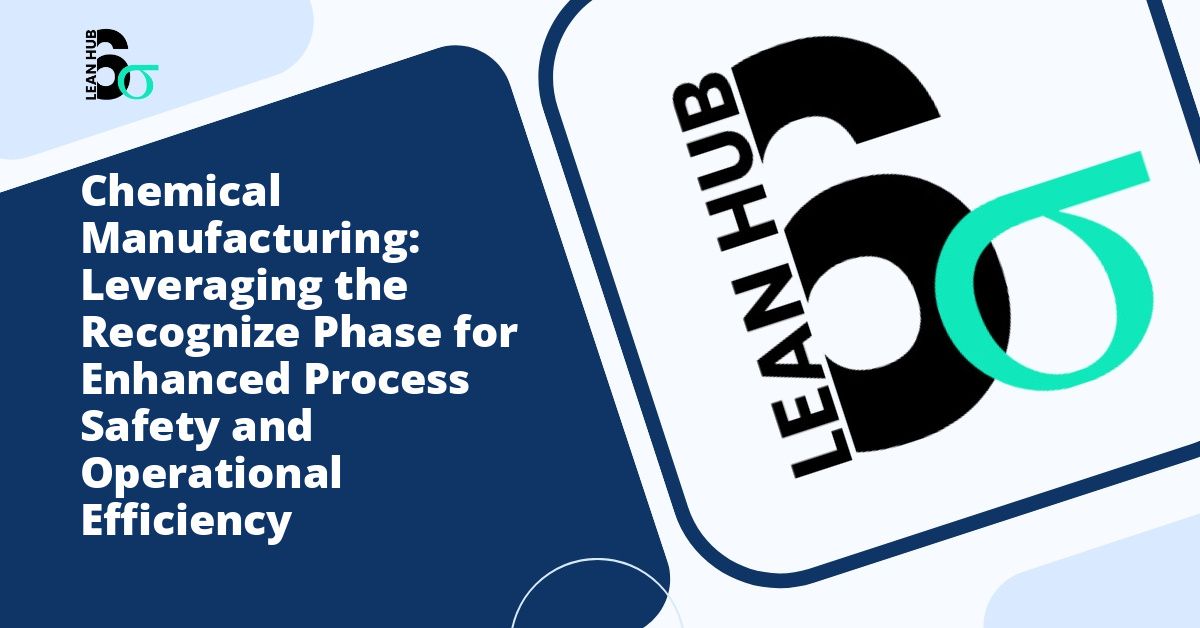The aerospace industry operates under conditions where the margin for error is virtually nonexistent. A single defective component can have catastrophic consequences, making zero-defect production not just a goal but an absolute necessity. In this high-stakes environment, the ability to recognize problems before they escalate into failures represents the difference between success and disaster.
Understanding how aerospace manufacturers approach problem recognition and implement systems for flawless production provides valuable insights into modern quality management. This comprehensive examination explores the critical methodologies and frameworks that enable the aerospace sector to maintain its exceptional safety standards while advancing technological innovation. You might also enjoy reading about How to Avoid Common Pitfalls in the Lean Six Sigma Recognize Phase.
The Critical Nature of Aerospace Manufacturing
Aerospace manufacturing differs fundamentally from other industries due to the extreme conditions under which products must perform. Aircraft components face temperature variations ranging from subzero at high altitudes to extreme heat during operation. They must withstand tremendous mechanical stress, vibration, and pressure differentials while maintaining perfect functionality for decades. You might also enjoy reading about Change Management Strategies for the Recognize Phase: A Comprehensive Guide.
The consequences of manufacturing defects in aerospace extend far beyond financial losses. A failed component can endanger hundreds of lives, damage brand reputation irreparably, and trigger regulatory sanctions that can ground entire fleets. This reality drives aerospace manufacturers to invest heavily in problem recognition systems that identify potential issues before products reach the assembly line. You might also enjoy reading about Combining Design Thinking with the Recognize Phase for Innovation Success.
Modern aerospace production involves thousands of individual parts, each manufactured to tolerances measured in microns. A commercial aircraft contains approximately 2.5 million parts, while military aircraft can have even more complex assemblies. Managing quality across this vast supply chain requires systematic approaches to identifying and addressing problems at every stage.
The Recognize Phase in Quality Management
The recognize phase forms the foundation of any effective quality management system. This initial stage involves identifying problems, understanding their scope, and determining their potential impact on production outcomes. In aerospace manufacturing, the recognize phase takes on heightened importance because catching defects early prevents exponentially more expensive corrections later in the production process.
During the recognize phase, manufacturers must accomplish several critical objectives. First, they need to establish clear definitions of what constitutes a problem or defect in their specific context. Second, they must implement monitoring systems that can detect deviations from established standards. Third, they need to create communication channels that ensure problems are reported promptly to appropriate decision-makers.
Effective problem recognition in aerospace requires both quantitative and qualitative assessment methods. Statistical process control charts track measurable variables like dimensions, weights, and material properties. Meanwhile, visual inspections, operator feedback, and customer reports provide qualitative information that might indicate emerging issues not yet reflected in numerical data.
Lean Six Sigma Methodology in Aerospace
Lean six sigma has become the predominant framework for quality management in aerospace manufacturing. This methodology combines lean manufacturing principles focused on waste elimination with six sigma statistical tools designed to reduce variation and defects. The goal of six sigma is to achieve no more than 3.4 defects per million opportunities, a standard that aligns well with aerospace requirements.
The lean six sigma approach follows a structured problem-solving framework known as DMAIC, which stands for Define, Measure, Analyze, Improve, and Control. The recognize phase aligns closely with the Define and Measure stages of this framework, where problems are identified and baseline performance is established through data collection.
Aerospace companies have adapted lean six sigma principles to their unique requirements. They maintain extensive documentation systems that track every component from raw material to final installation. These systems enable rapid problem recognition by providing complete visibility into production processes and supply chains. When anomalies appear, investigators can quickly trace them back to their source.
Advanced Technologies for Problem Recognition
Modern aerospace manufacturers employ sophisticated technologies to enhance their problem recognition capabilities. Non-destructive testing methods such as ultrasonic inspection, radiography, and eddy current testing allow quality teams to examine components without damaging them. These techniques can detect internal flaws invisible to surface inspections.
Artificial intelligence and machine learning systems are revolutionizing problem recognition in aerospace manufacturing. These systems analyze vast quantities of production data to identify patterns that human observers might miss. They can predict when equipment is likely to fail, recognize subtle quality trends, and alert managers to emerging issues before they impact production.
Digital twin technology creates virtual replicas of physical manufacturing processes, enabling engineers to simulate production scenarios and recognize potential problems before they occur in actual operations. This predictive capability represents a significant advancement over traditional reactive problem recognition approaches.
Human Factors in Problem Recognition
Despite technological advances, human expertise remains crucial to effective problem recognition in aerospace manufacturing. Experienced technicians develop intuitive understanding of how processes should operate and can often detect problems through subtle sensory cues that automated systems miss. A machinist might notice an unusual sound, a quality inspector might observe a slight color variation, or an assembly worker might feel that a component does not fit quite right.
Creating a culture where workers feel empowered to report problems is essential. Aerospace manufacturers implement various programs to encourage problem recognition at all organizational levels. These include:
- Anonymous reporting systems that protect workers from perceived retaliation
- Recognition programs that reward employees who identify and help resolve quality issues
- Regular training sessions that sharpen problem recognition skills
- Cross-functional teams that bring diverse perspectives to quality assessments
- Management practices that treat problem identification as valuable rather than punishable
Supply Chain Problem Recognition
Aerospace manufacturing involves extensive supply chains with hundreds or thousands of vendors providing components and materials. Problem recognition must extend beyond internal operations to encompass these external suppliers. Major aerospace companies maintain rigorous supplier qualification programs that assess vendor quality management systems before awarding contracts.
Ongoing supplier monitoring involves regular audits, performance scorecards, and collaborative improvement initiatives. When problems emerge with supplied components, aerospace manufacturers work with vendors to implement corrective actions that address root causes rather than merely treating symptoms. This partnership approach to problem recognition creates more resilient supply chains.
Regulatory Framework and Problem Recognition
Aviation regulatory authorities such as the Federal Aviation Administration and the European Union Aviation Safety Agency mandate specific problem recognition and reporting requirements. These regulations ensure that safety issues receive immediate attention regardless of competitive or financial pressures.
Aerospace manufacturers must maintain approved quality management systems that demonstrate their capability to recognize and address problems systematically. Regular audits by regulatory authorities verify compliance with these standards. The regulatory framework provides external validation that problem recognition systems meet minimum safety requirements.
Continuous Improvement Through Problem Recognition
The most successful aerospace manufacturers view problem recognition not as a defensive necessity but as an opportunity for continuous improvement. Every identified problem provides information that can enhance processes, products, and systems. This positive perspective transforms problem recognition from a policing function into a value-creating activity.
Implementing effective problem recognition systems requires sustained commitment and investment. Organizations must allocate resources for training, technology, and process development. They must also maintain these systems over time, adapting them as products, processes, and technologies evolve.
Conclusion
Zero-defect production in aerospace manufacturing depends fundamentally on robust problem recognition capabilities. By combining lean six sigma methodologies with advanced technologies and human expertise, aerospace companies create multilayered systems that identify issues before they compromise safety or quality. The recognize phase serves as the critical first step in quality management, enabling all subsequent improvement activities.
As aerospace technology advances and production volumes increase, problem recognition systems must evolve accordingly. Future developments in artificial intelligence, sensor technology, and data analytics will further enhance the ability to detect potential issues earlier and with greater precision. However, the core principle remains unchanged: in aerospace manufacturing, recognizing problems quickly and accurately is not optional but essential to protecting both lives and reputations.








